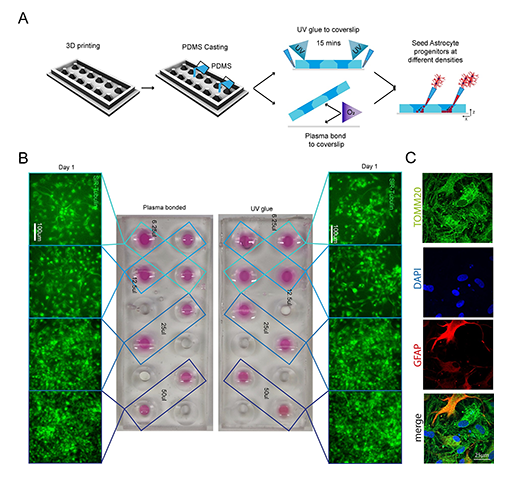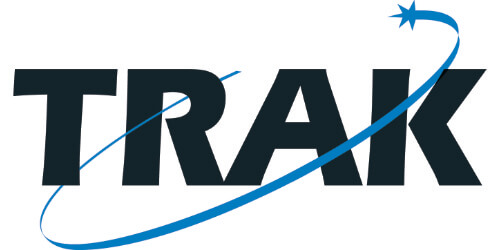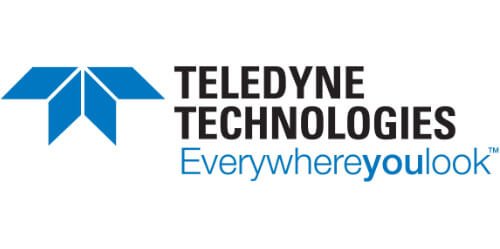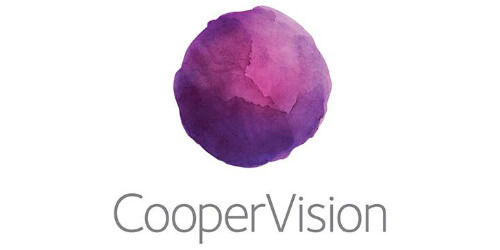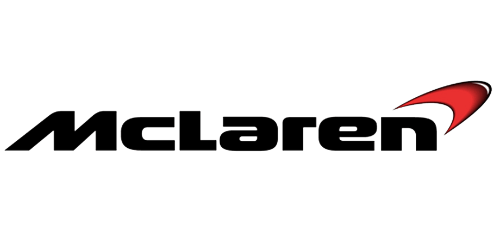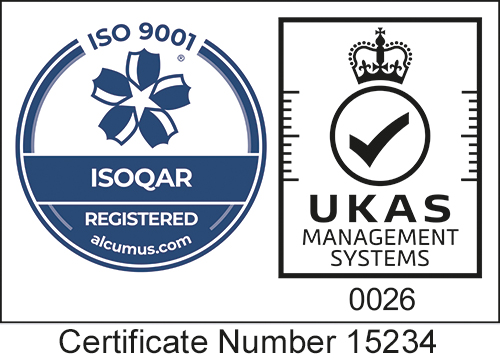Plasma treatment of PDMS in microfluidic fabrication produces a permanent and irreversible bond between PDMS and glass, improving analyte flow within microfluidic channels.
PDMS (Polydimethylsiloxane) is by far the most popular material used in microfluidics research where it is deployed for rapid prototyping with minimal cost. PDMS, however, requires a surface treatment step in order to produce strong, conformal bonds between surfaces. Plasma treatment of PDMS increases hydophilic (-OH) groups on the PDMS surface which subsequently form strong covalent bonds (Si– O–Si) when brought together with glass. These covalent bonds form the basis of a practically inseparable seal between the layers.
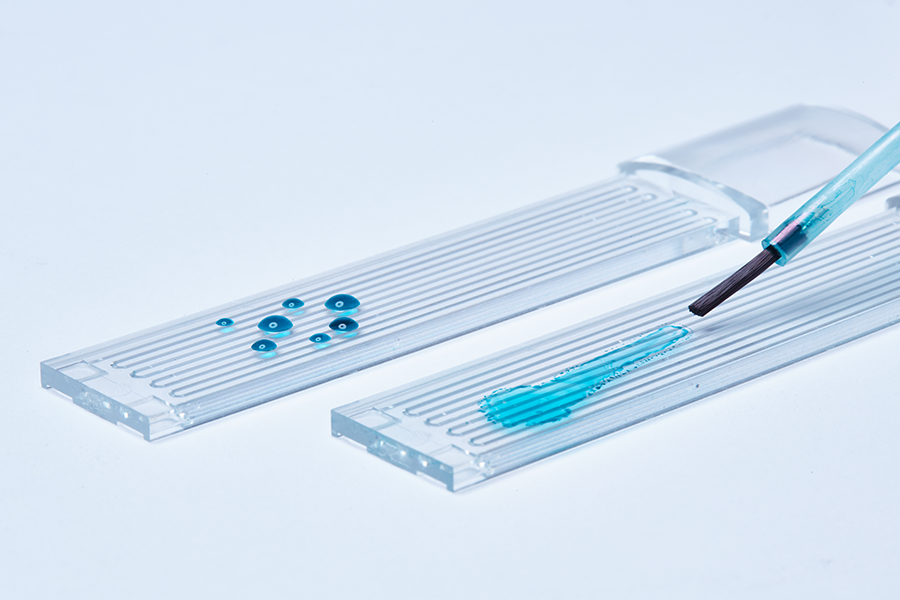
Plasma Treatment of PDMS
- Removal of hydrocarbon groups
- Exposure of hydrophilic -OH groups
- Improved bonding to PDMS and glass substrates
- Improve analyte flow
- Possibility of patterned surfaces with alternating hydrophilic/hydrophobic regions
Plasma Treatment for lab-on-a-chip fabrication of microfluidic devices
An important group of devices is formed by bonding PDMS to patterned glass substrates. The following short video shows how simple it is to implement a reliable and repeatable PDMS bonding protocol using the Henniker HPT bench-top plasma systems.
Henniker Plasma systems can operate with both oxygen and air (and other gases). A typical PDMS bonding process would use oxygen ~ activation at low power for tens of seconds. The surfaces are brought into immediate contact for the best possible bonding results.
The larger HPT-300 and HPT-500 instruments feature multiple tray-loading options and allow for increased capacity or treatment of larger devices. Each model of HPT plasma treatment system also features a continuously variable power level from 0-100% of full range so that power levels can be set precisely, both at low levels for activation of PDMS and at higher levels for effective cleaning and activation of glass.
Further details of PDMS-Glass bonding for microfluidics, along with articles explaining surface energy and how long plasma treatments last, can be found in the knowledge article links below.
A selection of recently published articles where the Henniker HPT systems are used for microfluidic research can be accessed from the following links:-
